Integrated circuits (ICs) are vital to modern electronics, and testing them is crucial for ensuring performance and reliability. In this article, the focus is on guiding individuals on how to test integrated circuits. A comprehensive understanding of testing methods enables professionals and electronics enthusiasts to verify the functionality of ICs.
From troubleshooting to quality assurance, the ability to test integrated circuits thoroughly is essential for maintaining the integrity of electronic systems. This article will delve into the various techniques and tools used to test integrated circuits, providing valuable insights for anyone seeking to enhance their knowledge in this area.
What Is An Integrated Circuit?

An integrated circuit (IC) is a tiny electronic device. It contains numerous components like resistors and transistors. You can find these in silicon material. ICs perform various functions, from amplification to microprocessing. They revolutionized electronics by reducing size and cost. You can now have more reliable devices. Analog ICs process continuous signals.
Digital ICs work with binary data. Mixed-signal ICs combine analog and digital functions. ICs enable the creation of modern computers and smartphones. You benefit from their efficiency and power. Manufacturing ICs requires precise processes. Cleanrooms ensure no contamination occurs. ICs continue to evolve rapidly. They drive innovation in many industries. You witness their impact daily.
What Is An Integrated Circuit Test?
Integrated circuit testing ensures your chips work correctly. You use tests to find faults and verify performance. Design verification starts early. Engineers simulate the IC’s functionality. During production, you perform wafer testing. This detects defects before packaging. Final testing checks the packaged IC. You need specialized equipment for accuracy.
Automated Test Equipment (ATE) speeds up the process. Functional tests confirm the IC’s operations. Parametric tests measure electrical characteristics. Burn-in tests reveal early failures. You also conduct stress tests under extreme conditions. Quality assurance relies on thorough testing. IC tests improve reliability and performance. You gain confidence in the product. Testing prevents costly failures later.
Why Test Integrated Circuit?
Testing integrated circuits ensures reliability. You catch defects early. This saves you time and money. Testing enhances product quality. It verifies the design’s accuracy. You confirm the IC meets specifications. Early detection prevents larger issues. Testing boosts customer satisfaction. You avoid costly recalls. Comprehensive testing improves performance.
It ensures the IC functions correctly. You maintain industry standards. Testing builds trust with your clients. It reduces failure rates. You extend the IC’s lifespan. Testing identifies potential weaknesses. It supports continuous improvement. You stay competitive in the market. Testing integrated circuits is crucial for success.
How To Check If IC Is Good Or Not?
To check if an IC is good, start with a visual inspection. Look for physical damage. Next, use a multimeter. Check for correct voltage levels. Measure resistance between pins. Ensure values match specifications. Use an oscilloscope for signal integrity. Verify the IC’s output. You can also perform a functional test. Connect the IC to a test circuit.
Monitor its performance under normal conditions. Apply known inputs and observe outputs. Compare results to expected values. Use automated test equipment for complex ICs. Follow manufacturer guidelines strictly. Confirm the IC’s behavior in different scenarios. Look for consistency and stability. Testing ensures the IC operates correctly. You avoid potential failures later.
What Tests Does The Integrated Circuit Need To Do?
Integrated circuits need various tests. You start with design verification. Simulate the IC’s functionality early. Next, perform wafer tests. Detect defects before packaging. Conduct functional tests. Verify each feature works. Measure electrical characteristics through parametric tests. Check voltage, current, and resistance. Use burn-in tests. Identify early failures under stress. Perform environmental tests.
Test ICs in extreme temperatures. Apply mechanical stress tests. Ensure durability under physical pressure. Use automated test equipment (ATE). Speed up and enhance accuracy. Run signal integrity tests. Check for proper signal transmission. Conduct final testing on packaged ICs. Confirm overall performance. Follow industry standards strictly. Ensure compliance and reliability. Each test improves IC quality.
How To Test Integrated Circuit?
Visual Inspection
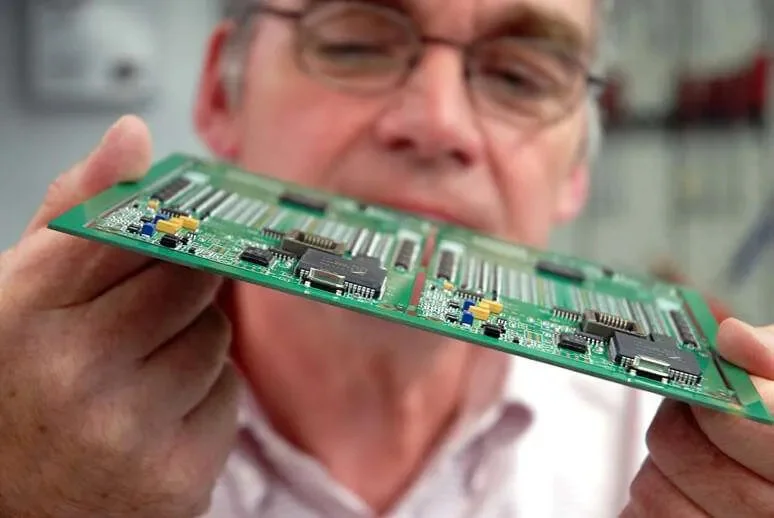
When you’re testing integrated circuits, visual inspection is essential. It’s your first line of defense. By examining the chip closely, you can detect any visible defects. Look for cracks, scratches, or irregularities on the surface. Additionally, ensure proper alignment and soldering of components. This meticulous examination helps identify any issues early in the testing process, ensuring the integrity and reliability of the integrated circuit.
Functional Testing
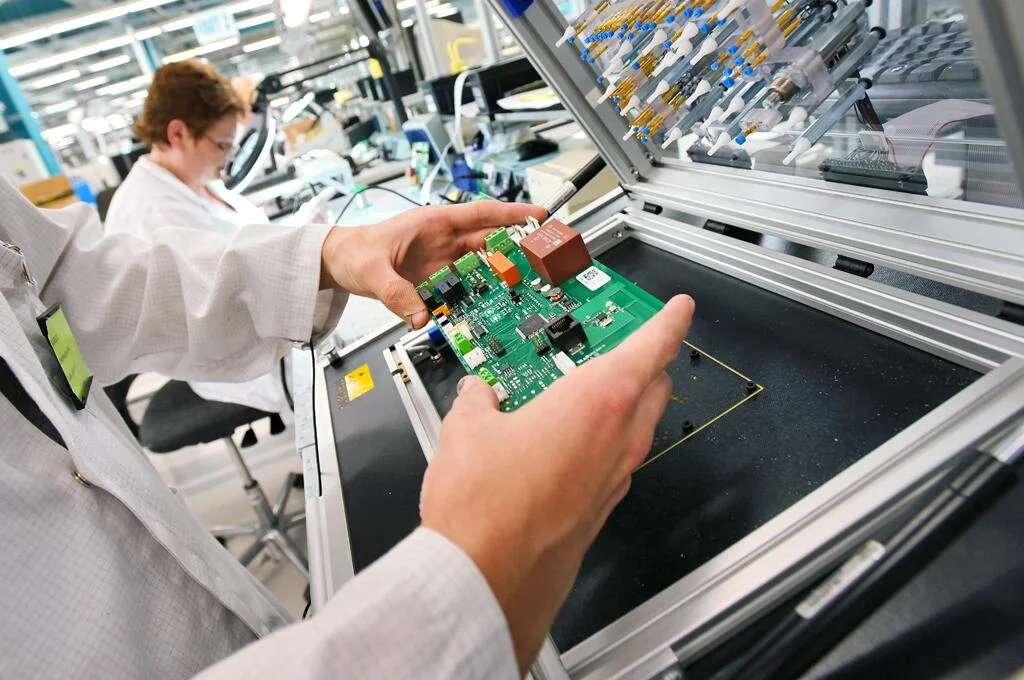
In the realm of integrated circuit testing, functional testing holds immense importance. It’s instrumental in evaluating chip performance, ensuring alignment with intended functionality. During functional testing, you apply tailored input signals to the IC, analyzing the ensuing output. This method confirms the chip’s accurate execution of designated functions.
Think of it as subjecting the chip to rigorous testing to validate expected outcomes. Functional testing serves as a critical tool for pinpointing operational challenges and safeguarding the integrated circuit’s overall functionality and reliability.
Electrical Testing
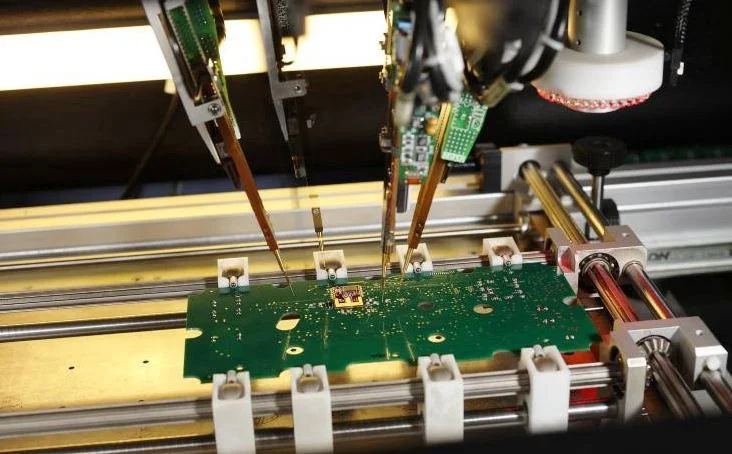
In testing integrated circuits, electrical testing is essential for ensuring proper functionality. By confirming the power supply, you guarantee the chip receives accurate voltage. Using a multimeter facilitates precise measurement. Additionally, continuity testing verifies power and ground connections, preventing potential issues. Thorough electrical testing ensures the integrated circuit functions reliably and efficiently.
Signal Integrity Testing
Signal integrity testing holds paramount importance in integrated circuit evaluation. It guarantees accurate signal propagation devoid of distortion. Employing tools such as oscilloscopes enables the monitoring of input and output signals. This ensures adherence to expected waveforms and timing requirements.
Additionally, logic analyzers assist in analyzing digital signals, ensuring correct logic levels. By conducting meticulous signal integrity testing, you affirm the integrated circuit’s robust performance and reliability in accurately transmitting signals.
Parametric Testing
Parametric testing is pivotal in integrated circuit evaluation. It scrutinizes specific electrical characteristics to ensure compliance with standards. By assessing threshold voltage, you verify input thresholds meet specifications.
Testing output drive strength ensures the chip can deliver the required currents and voltages. Through meticulous parametric testing, you validate the integrated circuit’s adherence to performance parameters, ensuring reliability and functionality.
Environmental Testing
Environmental testing is crucial in evaluating integrated circuits. It assesses performance under varying conditions. Temperature cycling tests the chip’s resilience across temperature ranges. Humidity testing evaluates its resistance to moisture.
By subjecting the IC to different environments, you ensure reliability in real-world conditions. Thorough environmental testing guarantees the integrated circuit’s durability and performance stability.
Stress Testing
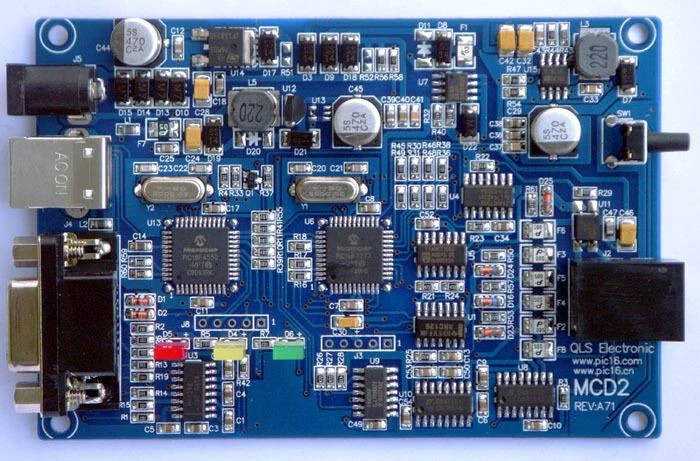
Stress testing is vital for assessing integrated circuits under extreme conditions. Burn-in testing involves subjecting the chip to elevated temperatures and voltages for prolonged periods. This helps identify early failures and ensures reliability. Additionally, overvoltage and overclocking tests push the chip beyond its limits temporarily. Through rigorous stress testing, you validate the integrated circuit’s resilience and longevity in demanding environments.
Automated Testing
Automated testing is integral to efficiently evaluating integrated circuits. Utilizing automated test equipment (ATE) streamlines the testing process. ATE conducts comprehensive tests covering functional, parametric, and timing aspects. Additionally, built-in self-test (BIST) capabilities within some ICs facilitate internal testing autonomously. Through automated testing, you ensure thorough evaluation while optimizing time and resources.
Software-Based Testing
Software-based testing is instrumental in evaluating integrated circuits. Simulation tools allow for comprehensive testing before physical implementation. By simulating design and functionality, you identify potential issues early in the development phase. Firmware testing ensures correct loading and operation of programmable ICs. Through software-based testing, you validate the integrated circuit’s performance and functionality while minimizing risks and costs associated with physical testing.
Thermal Testing Of Integrated Circuits
Thermal testing of integrated circuits is essential to ensure they operate reliably under different temperature conditions. Start by subjecting the IC to temperature cycling, where the chip is exposed to a range of temperatures from low to high and back again. This process helps identify thermal stress-related failures. Use thermal chambers to control and monitor the temperature precisely.
Next, perform thermal profiling by attaching thermocouples to critical points on the IC. This measures the temperature distribution across the chip during operation. Monitor the temperature rise to ensure it stays within safe limits. Additionally, conduct power dissipation testing. Measure how much heat the IC generates under typical and peak operating conditions.
Use infrared thermography to visualize heat patterns and identify hotspots. Finally, perform thermal shock testing by rapidly changing the IC’s temperature from extreme cold to extreme heat. This helps assess the IC’s ability to withstand sudden temperature changes.
Through rigorous thermal testing, you ensure the integrated circuit can handle thermal stresses and maintain performance and reliability across its operating temperature range.
Integrated Circuit Vibration Testing
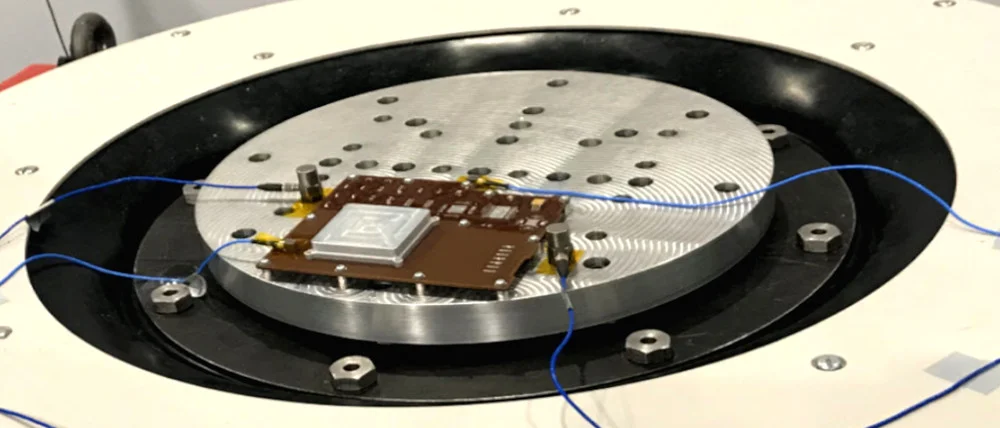
Vibration testing of integrated circuits is crucial for assessing their durability and reliability in environments subject to mechanical stress. To start, place the IC on a vibration test platform that can simulate various frequencies and amplitudes of vibration. Secure the IC properly to ensure accurate results.
First, conduct a sine sweep test. Vary the frequency of vibration gradually to identify any resonant frequencies where the IC may experience excessive stress. Record the IC’s behavior and performance at these frequencies.
Next, perform random vibration testing. Expose the IC to a range of frequencies simultaneously to simulate real-world conditions more accurately. This helps evaluate the IC’s robustness under typical operating environments.
Additionally, apply shock testing. Subject the IC to short bursts of high-intensity vibration or mechanical shocks. This tests the IC’s ability to withstand sudden impacts and jolts.
Monitor the IC’s functionality throughout the vibration tests. Look for any signs of mechanical failure, such as broken connections, detached components, or changes in electrical performance.
By thoroughly conducting vibration testing, you ensure the integrated circuit can endure mechanical stresses and maintain reliable performance in various applications, including automotive, aerospace, and industrial settings.
How To Test Integrated Circuit With Multimeter?
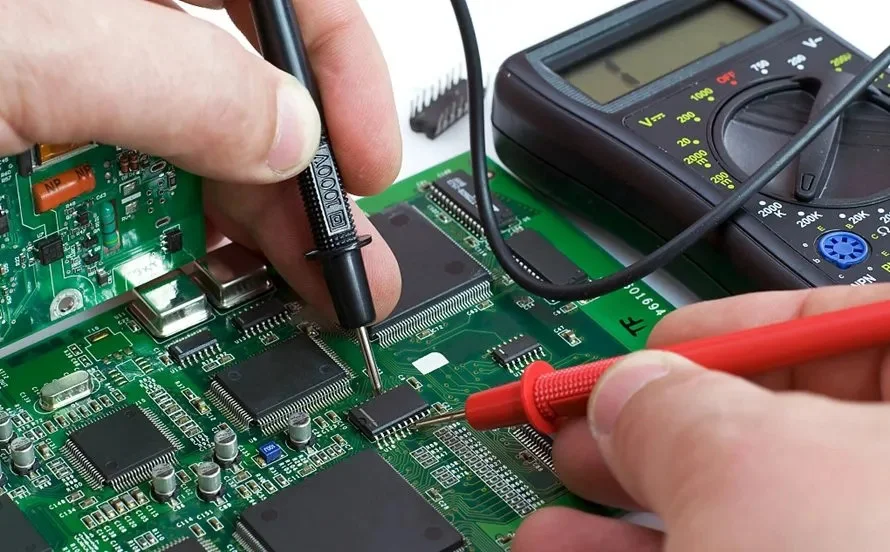
Testing integrated circuits with a multimeter is a fundamental aspect of electronic troubleshooting. Begin by setting the multimeter to the appropriate measurement range for voltage, current, or resistance. First, verify the power supply voltage by probing the VCC and GND pins of the IC. Ensure the voltage matches the specifications provided in the datasheet. Next, perform continuity testing to check for open or short circuits.
Place one probe on a known ground point and test continuity between various pins of the IC to verify connections. Finally, measure resistance across critical components, such as resistors and capacitors, to ensure they are within tolerance. Multimeter testing provides quick insights into the health and functionality of integrated circuits, aiding in efficient troubleshooting and diagnosis of faults.
Conclusion
Testing integrated circuits requires a systematic approach to ensure reliability, functionality, and performance. Techniques such as visual inspection, electrical testing, functional testing, signal integrity testing, parametric testing, environmental testing, stress testing, automated testing, and software-based testing are utilized.
Visual inspections identify defects, while electrical and functional testing ensures proper voltage, connections, and performance. Signal integrity and parametric testing verify accurate signal handling and compliance with specifications. Environmental and stress testing validate resilience, and automated and software-based testing offers efficient evaluations.
Tools like multimeters, oscilloscopes, logic analyzers, and thermal cameras aid in examination. This approach ensures robust, reliable ICs, essential for technological innovation.




















